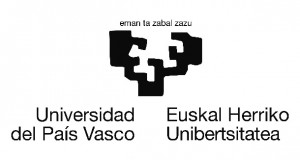
About my PhD project
In the last century, human intervention has made aluminum so available for biological systems that we can say that we are living in the aluminum-era. However, in the last years, there is increasing evidence that aluminum could be behind of a variety of toxic effects in biological systems, with significant risks for human health. Speciation studies are fundamental to understand the effects of Al in biological systems. Unfortunately, experimental results need interpretation, and show inherent difficulties to study aluminum compounds. In this sense, computational methods have become a fundamental tool to understand aluminum speciation in biological systems, determining the type of compounds formed, their structures and thermodynamics of formation. The previously developed protocols for the calculation of binding affinities of aluminum towards low-molecular-mass bioligands will be the basis of the new work. Similar protocols will be applied to understand the affinity of aluminum towards Deferiprone, Hydroxyl-Pyridinecarboxylic acids and phosphonate derivatives. Quantum indexes based on Bader’s theory of Atoms In Molecules will also be used to understand the trends in binding affinities, which will allow us to rationalize the results. Next, and based on these compounds, polypeptides that contain aluminum chelators as side chains (e.g., mimosine) will be simulated using Molecular Dynamics. This will allow us to propose new aluminum biochelators that could act as therapeutic agents. This project is a collaboration project between University of Basque Country, University of Porto, and SmartLigs as the secondment partner.
About Me
Currently enrolled within the European Joint Doctorate in Theoretical Chemistry and Computational Modelling (ITN-EJD-TCCM).


